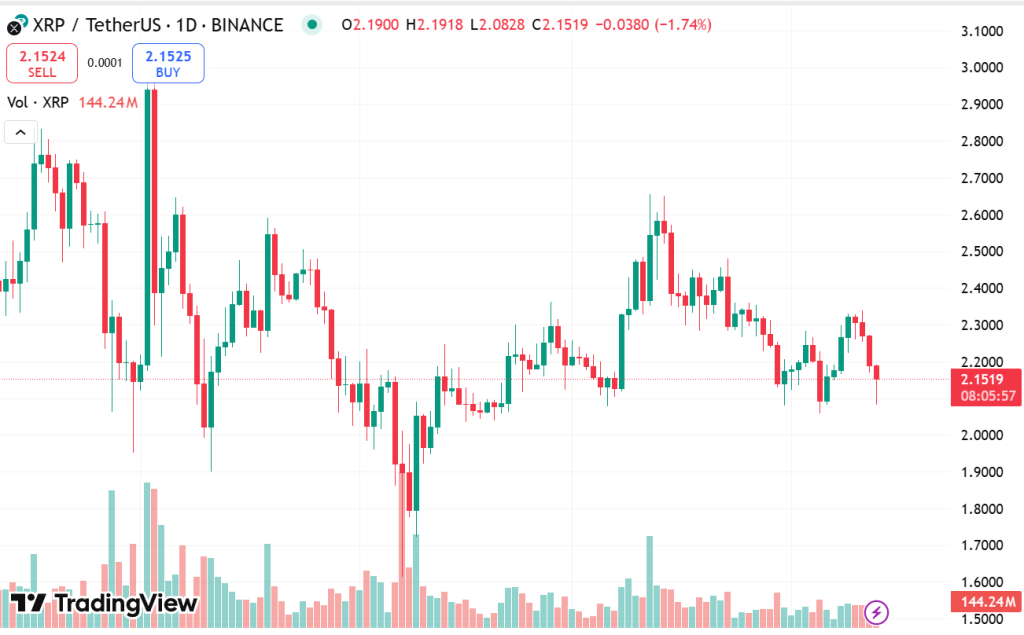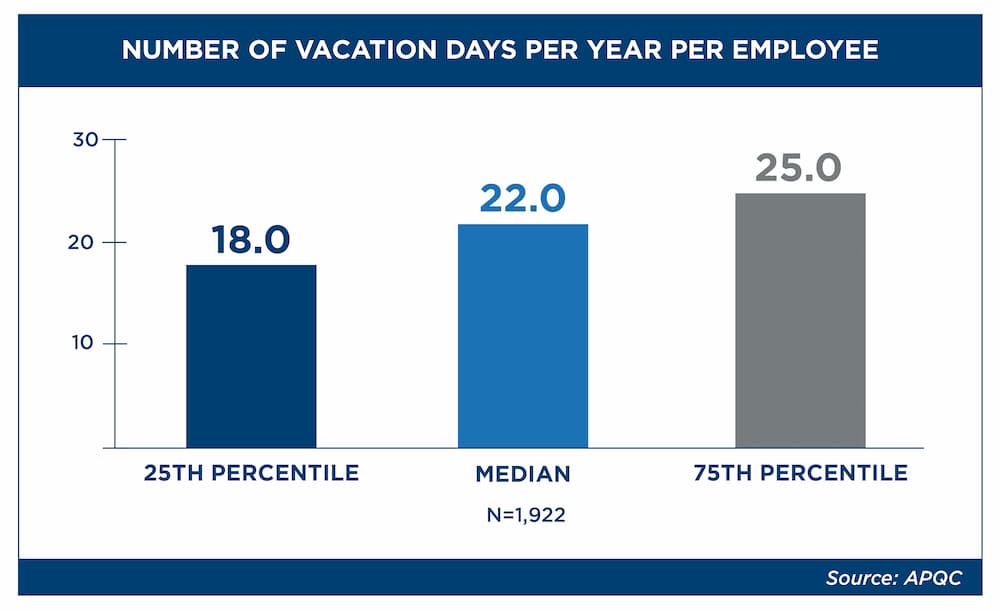If you want to figure out if you offer equal pay for equal work, first you have to figure out what work is “equal.”
The pay part is pretty straightforward; it’s math. The work part is more difficult because there’s less data out there, and it’s much harder to compare.
Pay equity analysis tools have come a long way from simply matching job titles to salaries. The problem with that approach is that job titles are often determined based on compensation levels. When you compare job titles to compensation, you can end up effectively comparing pay grade with pay. There’s no analysis of the work and whether the work is similar.
The legal analysis for pay equity is whether the work requires comparable skills, effort, responsibility and working environment. Some states use “similar” work instead of “comparable” work. They mean the same thing and acknowledge that, while no two people do the exact same work, people doing comparable work should be paid the same.
Pay equity solution providers take different approaches to comparing the work. It usually depends on the data they use and how that data can be a proxy for skills, effort, responsibility and working environment.
For example, responsibility is usually based on where the job is in the org chart, and that makes sense. The higher up someone is, the more responsibility they usually have. The working environment can relate to geography, whether the role is remote or whether there are hazards or shift differences. That’s usually pretty easy, too. Where is the job, what are the hours, what general kind of work are we dealing with? A researcher in Alaska is going to have very different work than a researcher in Atlanta. The research is probably very different, too.
The difficulty is figuring out what skills and effort are involved.
The great news is that many HR tech providers are working on defining and comparing skills as part of people analytics, developing new approaches to career paths and creating more equitable approaches to hiring. Degrees and direct experience are only part of the story about whether someone is capable and would be good at a job. It’s exciting that we’re developing more creative and hopefully fairer ways to appreciate and value people’s talents.
The ability to compare skills also means pay equity will be a lot easier to assess and address because we will have better and clearer data about the work itself. Combining skills and pay equity analysis will be the foundation of new ways to understand the relationships between people, compensation and work.
Preparing for pay equity tools
As you explore solutions that assess pay equity, here are some questions to ask to understand how the program works and how useful it will be in assessing pay equity and thinking about skills down the line.
1. How does the program compare the work involved in jobs?
What data is used to define the work itself, and how does the program compare the actual work? Simply matching job titles won’t tell you much about what people do.
2. Where does the data about the work come from?
If it is based on job descriptions for your organization, how do those get created, and does the program help with that?
If the work data is based on proxies for skills, effort, responsibility and working conditions, what are they? Where did they come from? And does comparing that information give you what you need to understand whether you have pay equity issues?
Solution providers are trying to walk the line between offering useful tools and creating evidence of potential discrimination. But the reality is that if you have better information, you can more quickly and easily assess the issue and solve it. Closing pay gaps is less expensive than ongoing litigation.
3. Will you be changing your approach to comparing comparable work to include skills or other factors?
There are a lot of providers who are focused on getting the skills analysis right before they start working on how to effectively use them. This is good and important. Having the right data in clean and usable form is the foundation for everything that follows.
Even if a solution provider isn’t there yet, it’s worth understanding that they will be and thinking about how that fits into your organization’s needs and plans.
4. What types of pay are included in your pay equity analysis?
“Pay” for pay equity means total compensation—base compensation, incentive pay, bonuses, commissions, benefits, perks, equity and reimbursements. If it flows from the employer to the employee, it’s probably pay.
Most programs just compare base pay because differences in other forms of compensation are usually pretty much the same between comparable jobs. So, while executive benefits are often different than the benefits for starting roles, it’s OK for pay equity because comparable jobs have the same benefits.
But if this isn’t true at your organization, you’ll need to account for that.
5. What is considered comparable pay for comparable work?
When you get the results of your pay equity analysis, how does the program assess what pay is “equal”? There has to be some room in defining comparable pay because we’re comparing similar or comparable work. But it’s tricky. If the pay analysis is too broad, it’s probably not equitable. If it’s too narrow, everything will look like a problem. Finding the sweet spot depends on how comparable pay is defined.
6. What types of pay gaps does the program check for?
Differences in pay that can be connected to any protected factor are potential discrimination claims.
Most pay equity analysis programs check for pay gaps correlated to gender and race. That’s because pay equity laws were developed to address gender pay discrimination. Yet, we also know that race is a significant factor in both the work people do and what they are paid. The same is true for disabilities. And when more than one factor is at play, the pay gaps increase even more.
You want to know which factors the program will cover and whether it’s possible to add your own categories (you’ll need data).
It’s important to note, pay equity is for everyone.
If the 47-year-old white man who has been at the organization for 15 years is making less than the 39-year-old Latina who was just hired for a comparable role, you could lose a valuable employee. This happens a lot with wage compression—when wages are rising but raises are not keeping up.
Pay equity is not just a compliance issue. It’s also a retention, engagement and fairness issue. The new tools are great. Better tools are coming. And it’s never been easier to regularly monitor pay gaps and address issues before they become problems.
Hear more from Heather Bussing live at the HR Tech Conference, where she will lead “It’s Not About the Money: Building a Culture of Fairness with Pay Equity,” at 9 a.m. Oct. 10. Click here for more information.
Credit: Source link










